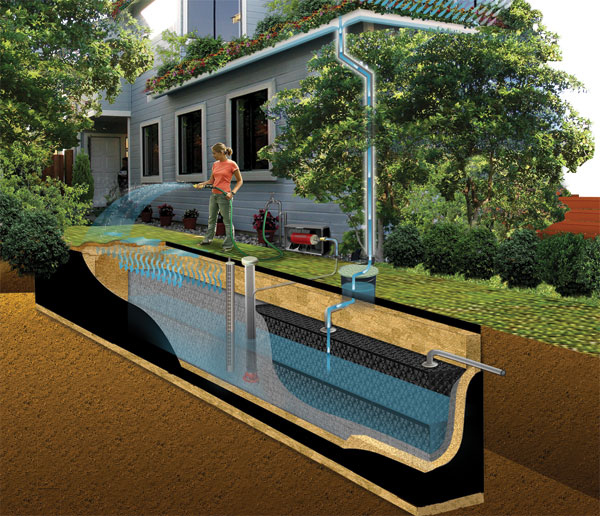News
WHAT'S

SADRİ, ‘NOT RAIN, URBANIZATION IS THE DISASTER’
Girne American University (GAU) Department of Architecture, Design & Fine Arts faculty member Assoc. Prof. Dr.Hossein made important statements on methods on reclamation of rainwater and preventing floods.
Greatest disaster is the urbanization mindset which perceives water as a disaster
Sadri, in his statements has said:
“Urbanization mentality which sees cities as construction and construction as income is ruining the nature with expanding cities. Best example to this is rain which is supposed to be taken as a boon, turning into disaster. Rainwaters flow towards the sea through our homes, workplaces and streets, dragging cars alongside our most fertile soil. Our experts, politicians and authorities seek the solutions in construction projects like canals and concrete. They try to come up with solutions to make the rainwater flow directly to sea while preventing rainwater from entering our houses. In reality, the urbanization mentality which perceives water as disaster and seeks solutions for this disaster in construction is the greatest disaster we face today”
Actual issue is not the damages that rain do to Cities, that it flows and ends up to sea.
“We see it as a great disappointment, in not the damage that the rainwaters do to the houses and workplaces, but the fact it is flows to the sea. Even worse, is the fertile soil that is carried alongside the water, and the solutions offered against this problem is the contractor and construction plans which will turn North Cyprus into a desert in the long term.”
Solution is Social and Ecologic settlement models against urbanization
“Urbanization policies defines and limits the lands ecologic and even social structures in “built enviroment” with economic, politic and social relationships. The policies, mandates, master plans and strategic plans is focused on people, economic growth, peers, and unearned income. And sell-out our childrens future for short term gains. In contrast, the only solution seems to be the socio-ecological settlement understanding which takes nature, flora and fauna, microorganisms, material, human, water, soil, air, thorns and clouds into consideration. Opposing the mentality that perceives cities as plot and surface area, a thought process which consider the ecosystem is needed. This way of thinking, needs to have in its aim, the increase in sustainability for the living environment of humans without destabilizing the balance of the ecosystems of its constituents. The houses built for this, has to not ruin the soil and geographic equilibrium that accumulated in millions of years, ecosystem that developed over tens of thousands of years, flora that became productive centuries, and not destabilize the
social peace, on the contrary, needs to support life without limiting it to humans, as a whole. While transitioning to this structure, to us, look very radical, everyday we keep the current urbanization mentality even though we can see the damage it causes is the actual radical and nonsenical decision we make.”
Suggestions for Kyrenia
For example in what can be done in matter of rain and socio-ecological transition in Kyrenia? Principal thing that should be done is to let go of the housing and urbanization mindset and find solutions strengthening life, centered around protecting the ecosystem, with agriculture, living spaces, future, history, bio-diversity, wind and rain in consideration. Below I want to give four examples:
1. Terracing:
There have been historical solutions developed to slow down water coming down from mountains to let them sink underground. The terracing diligently built throughout Beşparmak(Kyernia mt.) mountains through centuries is an example to this.
This method, used in Meso-America and Mesopotamia thousands of years ago had enabled water to sink underground where it landed without washing the soil away or gaining speed after collecting in small pool.
2. Collecting :
When Girne(Kyrenia)`s topography is examined, it is deemed possible to have rainwater inside city despite terracing, because of the severe incline of the mountains as a result of torrential rain. Because of this, artificial lakes and water collecting areas should be considered on level mountain meets the city. These need to thin, long and deep, be surrounded and covered with plants to prevent evaporation.
3. Increasing of amount of green areas:
Minimizing of hard ground and increasing absorbtion capacity of soil is needed if inside the city. To acchomplish this we need to build a city out of more soil, green areas and less concrete and asphalt. In addition to ground level parks and gardens, green roofing and green facade applications are imporant solutions to gather and collect water.
4. Storing:
We need to use techniques known as `Water Harvesting` using traditional and modern methods to store water. We need to make an effort for collecting and using rainwater on all streets, houses and to use them after. Tratidionally, we can use wells and canalization integrated wells. Modern way of this is usage of filtrated underground rainwater harvesting storage tanks.

